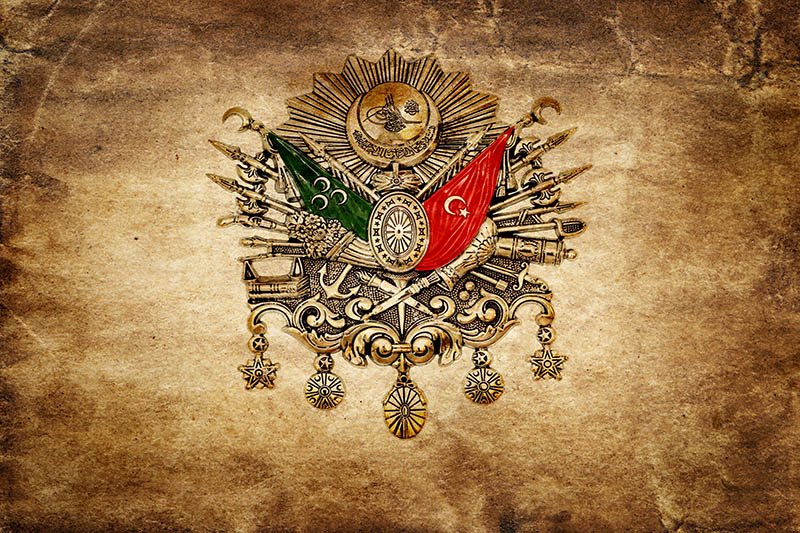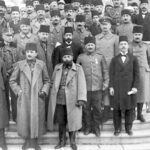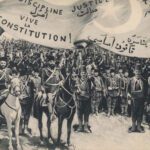During the reign of Orhan Gazi, Ottoman expansion followed a remarkable course both politically and militarily. Orhan Gazi, who inherited a strong foundation from his father Osman Gazi, took steps to carry this structure further. During his period, Ottoman lands began to reach not only Anatolia but also Rumelia. This expansion process was supported by carefully planned conquests. In addition, thanks to the reforms made in the internal administration, the administration of the lands became more orderly.
During the Orhan Gazi period, Ottoman expansion was not limited to territorial gain. At the same time, the first regular army system was established, money was printed and institutions were opened in the field of education. This situation accelerated the transition process of the Ottoman Empire from a principality to a state structure. The conquest of Bursa was among the most important developments of this period.
Under the leadership of Orhan Gazi, many Byzantine places in the Marmara region joined the Ottoman lands. With the expeditions to the Kocaeli Peninsula, the influence of Byzantium in Anatolia was greatly reduced. With these developments, the Ottoman Empire began to become a permanent power in the region.
What Happened During the Orhan Gazi Period?
The Orhan Gazi period is a phase in which important developments were experienced in the institutionalization process of the Ottoman Empire. During this period, many firsts were implemented in both military and civilian fields. The legacy inherited from Osman Gazi was strengthened by spreading over a wider area.
The first important action of Orhan Gazi was the conquest of Bursa. With this conquest, the city was made the capital of the Ottoman Empire. A mint was established in Bursa and the first Ottoman coin was printed. This development contributed to the creation of an economic order.
The Orhan Gazi period also comes to the fore in terms of military arrangements. The first regular army, “foot” and “müsellem” units, were established. This structure is seen as the beginning of a disciplined military system.
The first Ottoman madrasah was opened in the field of education. This madrasah, established in Iznik, pioneered the spread of science and religious education. At the same time, judge appointments were made and the basic steps of the legal system were taken. What happened during the Orhan Gazi period is as follows:
- Conquest of Bursa
- Printing of the first Ottoman coin
- Establishment of the first regular army
- Opening of the first madrasah
- Beginning of Kadi appointments
- Ensuring the transition to Rumelia
- Increase in urbanization and construction
- Developing diplomatic relations through political marriages
Orhan Gazi Period
Orhan Gazi left an important legacy as one of the founding leaders of Ottoman history. His reign lasted about 35 years, during which time the state experienced developments both internally and externally. The Orhan Gazi period was a phase in which the first examples of systematic management approach were seen.
Orhan Gazi, who stood out with his military achievements, also attached great importance to the arrangement of the internal structure. During his period, land arrangements were made and income sources were increased. Orhan Gazi adopted practices to ensure the peace of the people in the conquered regions.
Making Bursa the capital was the beginning of a new administrative era. This city has played a central role both economically and religiously. At the same time, the structures built here were among the first examples reflecting the architectural understanding of the Ottoman Empire.

Orhan Gazi created administrative cadres as well as conquests. Duties such as judge and subchief were systematically appointed during this period. In addition, a big step was taken towards economic independence by minting Ottoman coins.
The Orhan Gazi period also gained importance with the steps taken in the field of education. The establishment of madrasahs paved the way for the development of the ilmiye class. This situation led to the establishment of a more systematic administrative structure in the later periods of the Ottoman Empire.









